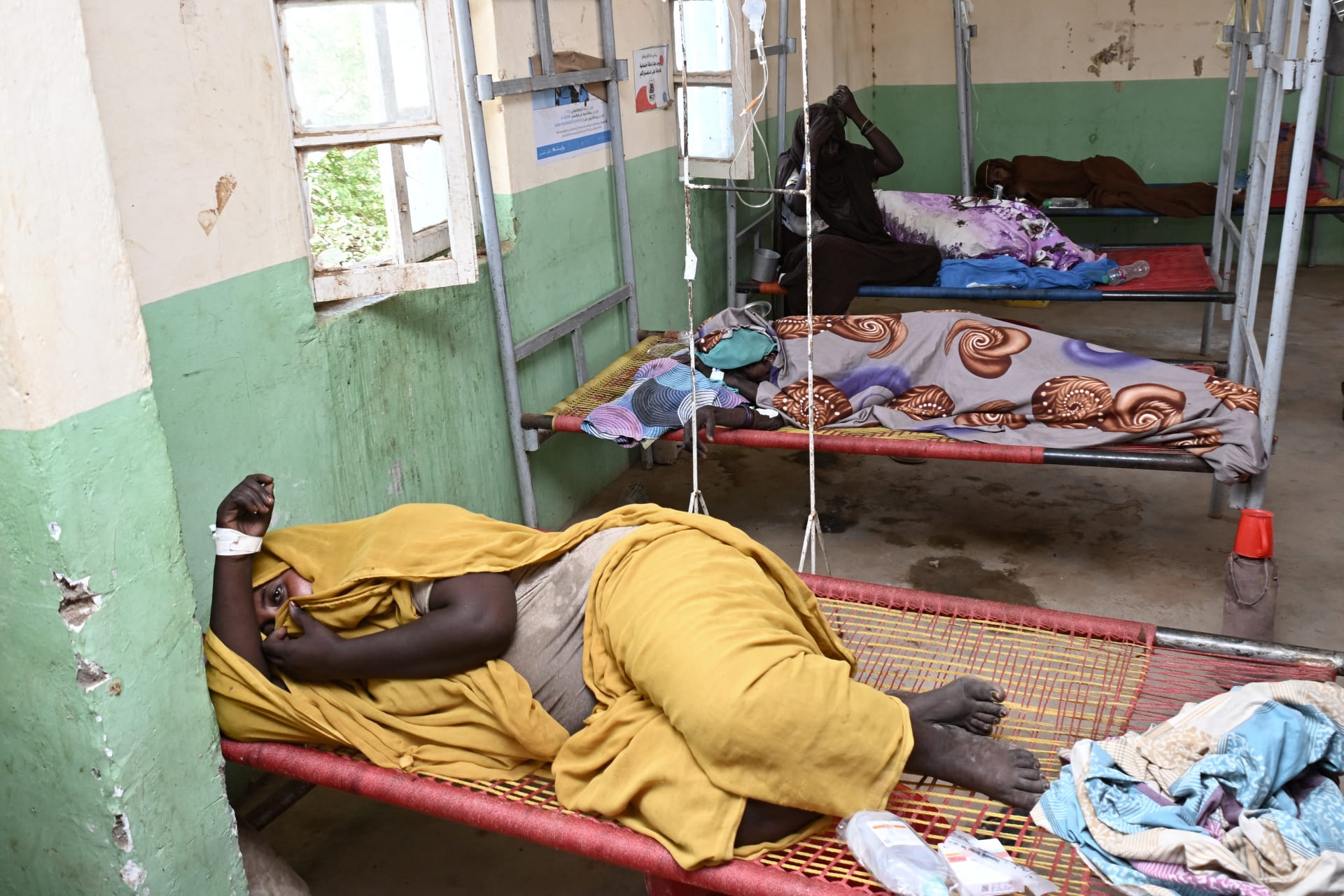Global Burden of Degenerative Mitral Valve Disease Continues to Rise – TCTMD.com

Global Burden of Degenerative Mitral Valve Disease and Sustainable Development Goals
Introduction
Between 1990 and 2023, the global prevalence of degenerative mitral valve (MV) disease more than doubled, rising from approximately 7 million to 16 million cases. This increase is primarily attributed to an aging population and improved diagnostic capabilities, according to data from the Global Burden of Disease (GBD) study. Despite a rise in absolute mortality numbers, age-adjusted mortality rates have declined, highlighting disparities in healthcare access and outcomes across different regions.
Key Findings and SDG Implications
-
Prevalence and Mortality Trends
- Absolute prevalence increased by 126% from 1990 to 2023, with men exhibiting approximately twice the prevalence compared to women.
- Age-standardized prevalence rates remained stable, indicating aging as the main driver of increased cases.
- Absolute deaths rose by 75% during the same period, but age-adjusted mortality rates declined, particularly in high sociodemographic index countries.
-
Disparities in Healthcare Access and Outcomes
- Women and populations in low-income countries experience higher mortality rates despite lower reported prevalence, suggesting underdiagnosis and undertreatment.
- Advancements in transcatheter therapies have improved outcomes predominantly in high-income regions, exacerbating global health inequities.
-
Future Challenges and Opportunities
- Projected increases in degenerative MV disease prevalence among older adults necessitate expanded treatment capacity.
- There is an urgent need to address healthcare disparities to ensure equitable access to diagnosis and advanced therapies worldwide.
Alignment with Sustainable Development Goals (SDGs)
- SDG 3: Good Health and Well-being
- Improving early diagnosis and treatment of degenerative MV disease aligns with the goal to reduce premature mortality from non-communicable diseases.
- Expanding access to innovative therapies supports universal health coverage and quality healthcare services.
- SDG 10: Reduced Inequalities
- Addressing disparities in diagnosis and treatment between high- and low-income countries promotes equity in health outcomes.
- Targeted interventions for women and underserved populations help reduce health inequalities.
- SDG 9: Industry, Innovation, and Infrastructure
- Encouraging the development and dissemination of transcatheter technologies fosters innovation in cardiovascular care.
- Strengthening healthcare infrastructure in low-income countries is essential for equitable treatment delivery.
- SDG 17: Partnerships for the Goals
- Collaboration among governments, healthcare providers, and industry stakeholders is critical to address global disparities in MV disease management.
- Data sharing and global research efforts support informed policy-making and resource allocation.
Recommendations and Call to Action
-
Optimize Early Diagnosis
Implement standardized screening protocols to identify patients early, particularly in low-income regions, to improve treatment outcomes.
-
Expand Treatment Capacity
Prepare healthcare systems to manage the anticipated surge in mitral valve interventions, focusing on accessibility and quality of care.
-
Address Healthcare Disparities
Develop equitable treatment algorithms and ensure availability of advanced therapies such as transcatheter mitral valve repair and replacement globally.
-
Promote Global Collaboration
Foster partnerships to raise awareness, mobilize resources, and implement strategies that reduce inequalities in cardiovascular health.
Conclusion
The rising global burden of degenerative mitral valve disease presents significant challenges that intersect with multiple Sustainable Development Goals. While progress has been made in reducing mortality rates in high-income countries, urgent action is required to close the gap in healthcare access and outcomes worldwide. Treating this moment as a turning point, stakeholders must collaborate to ensure equitable diagnosis, treatment, and care for all patients, regardless of sex or socioeconomic status.
1. Sustainable Development Goals (SDGs) Addressed or Connected
- SDG 3: Good Health and Well-being
- The article focuses on the global burden of degenerative mitral valve disease, mortality rates, access to care, and healthcare disparities, all central to ensuring healthy lives and promoting well-being for all ages.
- SDG 10: Reduced Inequalities
- The disparities in diagnosis, treatment, and mortality between high-income and low-income countries, as well as between men and women, highlight issues of inequality in healthcare access and outcomes.
- SDG 9: Industry, Innovation, and Infrastructure
- The article mentions advancements in diagnostic capabilities and transcatheter therapies, emphasizing the role of innovation and infrastructure in healthcare.
2. Specific Targets Under Those SDGs
- SDG 3: Good Health and Well-being
- Target 3.4: By 2030, reduce by one third premature mortality from non-communicable diseases through prevention and treatment.
- Target 3.8: Achieve universal health coverage, including access to quality essential healthcare services and access to safe, effective, quality, and affordable essential medicines and vaccines for all.
- Target 3.b: Support the research and development of vaccines and medicines for the communicable and non-communicable diseases that primarily affect developing countries, and provide access to affordable essential medicines and vaccines.
- SDG 10: Reduced Inequalities
- Target 10.2: Empower and promote the social, economic, and political inclusion of all, irrespective of age, sex, disability, race, ethnicity, origin, religion, or economic or other status.
- SDG 9: Industry, Innovation, and Infrastructure
- Target 9.5: Enhance scientific research, upgrade the technological capabilities of industrial sectors, including health technologies.
3. Indicators Mentioned or Implied to Measure Progress
- Prevalence of Degenerative Mitral Valve Disease
- Absolute number of cases and age-standardized prevalence rates as measures of disease burden and diagnostic capacity.
- Mortality Rates
- Age-adjusted mortality rates and absolute number of deaths attributed to degenerative mitral valve disease, indicating effectiveness of treatment and healthcare access.
- Access to Care and Treatment Disparities
- Differences in mortality and treatment outcomes between high and low sociodemographic index countries, and between sexes, implying indicators related to healthcare equity and access.
- Diagnostic and Treatment Innovations
- Adoption rates of new therapies such as transcatheter mitral valve repair and replacement, reflecting technological advancement and healthcare infrastructure.
4. Table: SDGs, Targets and Indicators
| SDGs | Targets | Indicators |
|---|---|---|
| SDG 3: Good Health and Well-being |
|
|
| SDG 10: Reduced Inequalities |
|
|
| SDG 9: Industry, Innovation, and Infrastructure |
|
|
Source: tctmd.com

What is Your Reaction?
 Like
0
Like
0
 Dislike
0
Dislike
0
 Love
0
Love
0
 Funny
0
Funny
0
 Angry
0
Angry
0
 Sad
0
Sad
0
 Wow
0
Wow
0














































































